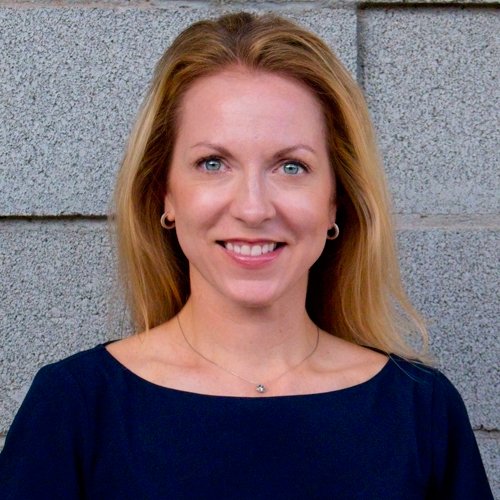“From possibilities to responsibilities” was the theme of this year’s Data on Purpose / Do Good Data conference last week at Stanford’s Center for Philanthropy and Civil Society. Lucy Bernholz started us off right by stating, “Let’s use this moment we’re in to use data to help society.” Yes, let’s!

Here are some of my favorite nuggets from this two-day event:
The social sector doesn’t exist to maximize profit. Sure, we who work in this space already know that. But it is good to remind ourselves of this paradigm when we view data and the use of data in achieving organizational missions. The social sector is here to help other people, not to make money. While our analytic toolkit is similar in the for-profit and the social worlds (and sometimes even the data looks similar), our end purposes differ.
So then, if a for-profit corporation collects, analyzes, and uses data to help increase their profits, are non-profits collecting, analyzing, and using data for the purpose of helping others? That’s a good check on our data collection intentions – if the data don’t lead to insights that result in a better way of helping others, why collect it?
There is some amazing work being done using data for good. A few of my favorite examples:
- Mastercard’s Center for Inclusive Growth uses data philanthropy to combine expertise, data, technology, and investments to “advance sustainable and equitable economic growth and financial inclusion around the world.” Interestingly, they anonymized and aggregated transaction data to examine charitable giving. They found a substitution effect among charitable and political giving during elections. Not only is their full report on donations available here, so is the dataset.
- Sage Bionetworks used Apple’s ResearchKit data to enable a 9,000-person study of Parkinson’s disease. The researchers revolutionized informed consent through a digital platform and used smart phones to measure movement and Parkinson’s symptoms. This is one of the largest research studies done to-date on Parkinson’s disease.
- LinkedIn for Good helped evaluate Year Up’s amazing program “empowering low-income young adults to go from poverty to professional careers in a single year.” But how did Year Up measure their success? Via the participants’ LinkedIn profiles and networks after program participation – brilliant.
Let’s re-imagine evaluation. The Monitor Institute’s Re-imagining Measurement Initiative asked 800 or so organizations about their experiences with evaluation. They found general unhappiness about evaluation, but a belief that it’s necessary. They also found that we are collectively confused about terminology, like the meaning of measurement / evaluation / monitoring. We need a glossary for this field! Through their interviews, they conclude that the social sector wants a monitoring and evaluation system that contains decision-making at the center; empowers constituents; and includes learning at scale. That, along with numerous conversations I had about constituent voice, has made me think more deeply about who non-profits are serving and keeping mission top-of-mind for data collection and evaluation design.



 Thanks for visiting FirstEval. Please reach out if you'd like to talk about your data.
Thanks for visiting FirstEval. Please reach out if you'd like to talk about your data.